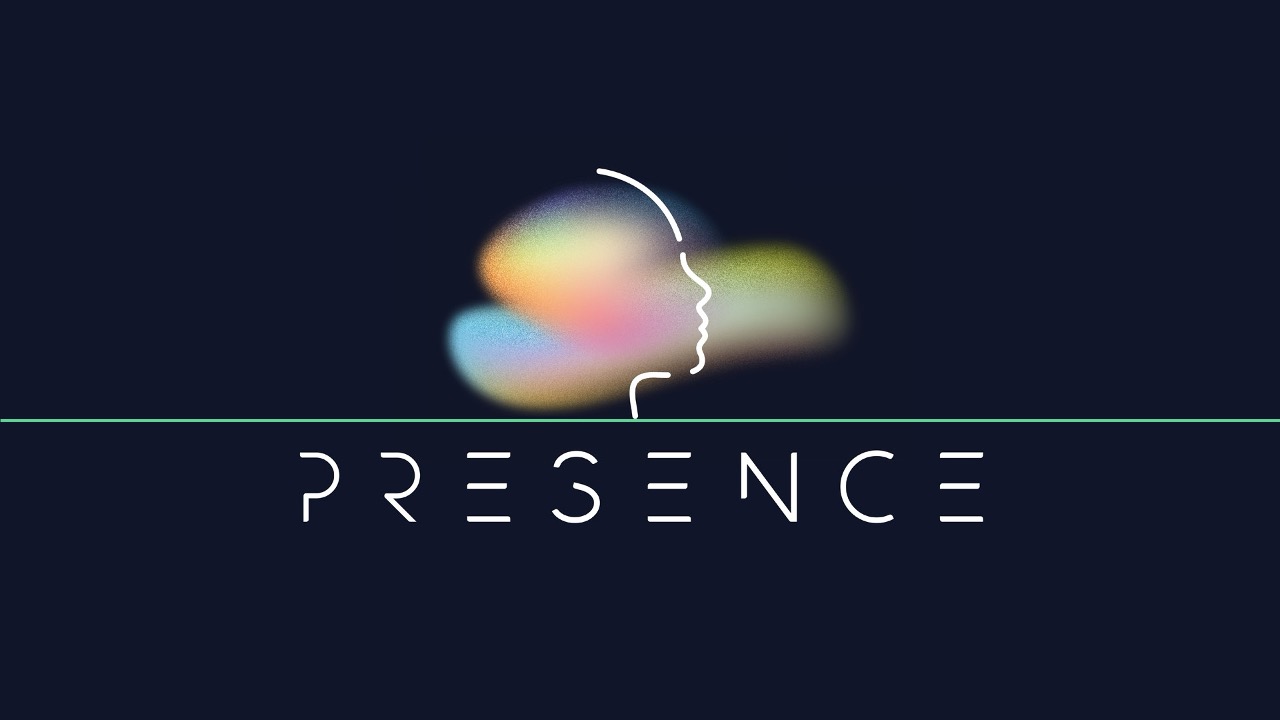Presence
A toolset for hyper-realistic and XR-based human-human and human-machine interactionsProject Info
Start date:
January 2024
End date:
December 2027
Funding:
EU Commission (GAP-101135025) and SERI (REF-1131-52104)
Coordinator:
Fundació i2CAT
Website:
https://presence-xr.eu/
Summary
The concept of presence can be understood as a synthesis of interrelated psychophysical ingredients where multiple perceptual dimensions intervene. A better understanding of how to impact specific aspects such as plausibility, the illusion that virtual events are really happening, co-presence, the illusion of being with others, or place illusion, the feeling of being there, is key to improve the quality of XR experiences. The availability and performance of advanced technologies will let us reach high levels of presence in XR, essential to get us closer than ever to the old VR dream: to be anywhere, doing anything, together with others from any place. The PRESENCE project will impact multiple dimensions of presence in physical-digital worlds, addressing three main challenges: i) how to create realistic visual interactions among remote humans, delivering high-end holoportation paradigms based on live volumetric video capturing, compression and optimization techniques under heterogeneous computation and network conditions; ii) how to provide realistic touch among remote users and synthetic objects, developing novel haptic systems and enabling spatial multi-device synchronization in multi-user scenarios; iii) how to produce realistic social interactions among avatars and agents, generating AI virtual humans, representing real users or AI agents.
The contribution of Artanim will focus on smart autonomous characters, which are able to generate physically-plausible behavior integrating the cues of avatars of human users or other autonomous characters in specific scenarios. Specific parameters will be studied, for the movement to respond plausibly to social cues such as interpersonal differences or to collaboration tasks. Interactive virtual agents may take into account the position of others to respect implicit proxemics rules by generating small step rotations, or if a user needs an object, the interactive virtual agents will grab and offer it.
Partners
Fundació i2Cat (Spain)
Actronika (France)
Universitaet Hamburg (Germany)
Ethniko Kentro Erevnas Kai Tehcnologikis Anapty (Greece)
Raytrix GMBH (Germany)
SenseGlove B.V. (Netherlands)
Go Touch VR SAS (France)
Didimo, S.A.(Portugal)
Vection Italy Srl (Italy)
Universitat de Barcelona (Spain)
Unity Technologies (Denmark)
Sound Holding B.V. (Netherlands)
Interuniversitair Micro-Electronica Centrum (Belgium)
Joanneum Research Forschungsgesellschaft MBH (Austria)
SyncVR Medical B.V. (Netherlands)
Zaubar UG (Haftungsbeschraenkt) (Germany)
Artanim
Related Publications
Llobera J, Li K, Nagorny P, Charbonnier C, Steinicke F. A Conversational Virtual Agent with Physics-based Interactive Behaviour, 2025 IEEE International Symposium on Mixed and Augmented Reality Adjunct (ISMAR-Adjunct), Daejeon, South Korea, 973-974, October 2025.
PDF
Mostajeran F, Li K, Rings S, Kruse L, Wolf E, Schmidt S, Arz M, Llobera J, Nagorny P, Charbonnier C, Fassold H, Alvarez X, Tavares A, Santos N, Orvalho J, Fernández S, Steinicke F. A toolkit for creating intelligent virtual humans in extended reality, IEEE Conference on Virtual Reality and 3D User Interfaces Abstracts and Workshops (VRW), Orlondo, USA, March 2025.
PDF

